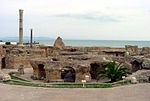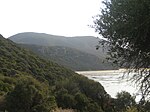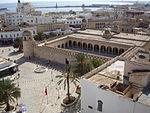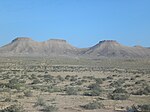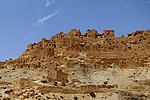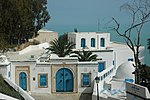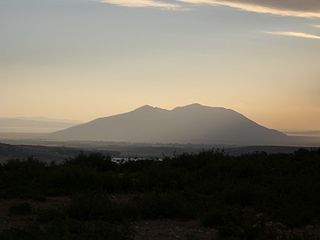The United Nations Educational, Scientific and Cultural Organization (UNESCO) World Heritage Sites are places of importance to cultural or natural heritage as described in the UNESCO World Heritage Convention, established in 1972. [1] Cultural heritage consists of monuments (such as architectural works, monumental sculptures, or inscriptions), groups of buildings, and sites (including archaeological sites). Natural features (consisting of physical and biological formations), geological and physiographical formations (including habitats of threatened species of animals and plants), and natural sites which are important from the point of view of science, conservation or natural beauty, are defined as natural heritage. [2] Tunisia accepted the convention on 10 March 1975, making its historical sites eligible for inclusion on the list. [3]
Contents
Tunisia has nine sites on the list, eight of which are listed for their cultural significance and one, the Ichkeul National Park, for natural significance. This site was listed endangered between 1996 and 2006 because of the construction of dams that threatened the hydrological regime of the lake and resulted in a reduction of vegetation and a drop in bird numbers. By 2006 the situation had improved so the site was removed from the endangered list. [4] The first three sites were listed in 1979 and the most recent, Djerba, in 2023. [3] In addition, Tunisia has 16 sites on the tentative list. [3] The country has served on the World Heritage Committee four times. [3]


